Anthelmintics are drugs used to treat infections caused by susceptible invading worms.
Anthelmintics: Generic and Brand Names
Here is a table of commonly encountered anthelmintics, their generic names, and brand names:
- Antihelmintics
- albendazole (Albenza)
- ivermectin (Stromectol)
- mebendazole (Vermox)
- praziquantel (Biltricide)
- pyrantel (Antiminth)
Disease Spotlight: Helminthic infections
- These are infections in the GI tract or other tissues due to worm infestations. It affects about 1 billion people which make it the most common of all diseases.
- Infestations are very common in tropical areas. Travelers can contract a helminthic infection and bring it home, where the worms can infect other individuals.
- Most common infectious helminths are nematodes (roundworms) and platyhelminthes (flatworms) which invade the intestines and the tissues.
Therapeutic Action
The desired and beneficial action of anthelmintics is:
- They act on metabolic pathways present in the invading worm but are absent or significantly different in human host.
Indications
Anthelmintics are indicated for the following medical conditions:
- Albendazole for the treatment of active lesions caused by pork tapeworm and cystic disease of the liver, lungs, and peritoneum caused by dog tapeworm.
- Ivermectin is used for the treatment of threadworm disease or strongyloidiasis and onchocerciasis or river blindness.
- Mebendazole is for the treatment of diseases caused by pinworms, roundworms, whipworms, and hookworms.
- Praziquantel is for treatment of a wide number of schistosomes or flukes.
- Pyrantel is for treatment caused by pinworms and roundworms.
Here are some important aspects to remember for indication anthelmintics in different age groups:
Children
- Culture of the suspected worm is important before beginning any drug therapy.
- Albendazole, ivermectin, and praziquantel are more toxic so they are avoided in children. Instead, a chewable preparation of mebendazole is usually given.
- Children may develop serious GI effects during therapy so nurse’s focus must be on nutritional status and hydration.
Adults
- This age group might be repulsed by the idea that they have a worm infestation, and they may be reluctant to discuss the needed lifestyle adjustments and treatment plans.
- Pregnant and nursing women should not use these drugs unless the benefits clearly outweigh the risks. Potential risks must be communicated to the patients.
Older adults
- Older patients are more susceptible to GI and CNS adverse effects of Anthelmintics therapy particularly those with hepatic and renal dysfunctions.
Pharmacokinetics
Here are the characteristic interactions of anthelmintics and the body in terms of absorption, distribution, metabolism, and excretion:
| Route | Onset | Peak | Duration |
|---|---|---|---|
| Oral | Slow | 2-4 h | N/A |
Contraindications and Cautions
The following are contraindications and cautions for the use of anthelmintics:
- Known allergy to the drug. Prevent hypersensitivity reactions.
- Lactation. Drug can enter breast milk.
- Renal and hepatic disease. Interfere with drug metabolism and excretion.
- Severe diarrhea and malnourishment. Can alter effects of drug on the intestine and any preexisting helminths.
- Pyrantel has not been established as safe for use in children younger than 2 years.
Adverse Effects
Use of anthelmintics may result to these adverse effects:
- GI: abdominal discomfort, diarrhea, pain
- CNS: headache, dizziness,
- Immunologic: fever, shaking, chills, malaise, rash, pruritus, loss of hair
- Albendazole is associated with severe bone marrow depression and renal failure.
Interactions
The following are drug-drug interactions involved in the use of anthelmintics:
- Dexamethasone, praziquantel, cimetidine. Increased toxic effects of albendazole
Nursing Considerations
Here are important nursing considerations when administering anthelmintics:
Nursing Assessment
These are the important things the nurse should include in conducting assessment, history taking, and examination:
- Assess for the mentioned cautions and contraindications (e.g. known allergies, hepatorenal dysfunction, pregnancy and lactation, etc.) to prevent any untoward complications.
- Perform a thorough physical assessment (other medications taken, reflexes and muscle strength, skin color, temperature, texture, etc.) to establish baseline data before drug therapy begins, to determine effectiveness of therapy, and to evaluate for occurrence of any adverse effects associated with drug therapy.
- Assess the patient’s liver function, including liver function tests to determine appropriateness of therapy and to monitor for toxicity.
- Obtain a culture of stool for ova and parasites to determine the infecting worm and establish appropriate treatment.
- Assess the abdomen to evaluate for any changes from baseline related to the infection, identify possible adverse effects, and monitor for improvement.
Nursing Diagnoses
Here are some of the nursing diagnoses that can be formulated in the use of these drugs for therapy:
- Acute pain related to GI, CNS, and skin effects of the drug
- Imbalanced nutrition: less than body requirements related to GI effects of the drug
Implementation with Rationale
These are vital nursing interventions done in patients who are taking anthelmintics:
- Arrange for appropriate culture and sensitivity tests before beginning therapy to ensure proper drug for susceptible Plasmodium species.
- Administer the complete course of the drug to get the full beneficial effects.
- Monitor hepatic function and perform ophthalmological examination before and periodically during treatment to ensure early detection and prompt intervention with cessation of drug if signs of failure or deteriorating vision occur.
- Provide comfort and safety measures if CNS effects occur (e.g. side rails and assistance with ambulation if dizziness and weakness are present) to prevent patient injury. Provide oral hygiene and ready access to bathroom facilities as needed to cope with GI effects.
- Educate client on drug therapy to promote understanding and compliance.
Evaluation
Here are aspects of care that should be evaluated to determine effectiveness of drug therapy:
- Monitor patient response to therapy (resolution of helminth infestation and improvement in signs and symptoms).
- Monitor for adverse effects (e.g. orientation and affect, nutritional state, skin color and lesions, hepatic function, and reports of abdominal discomfort and pain, etc).
- Evaluate patient understanding on drug therapy by asking patient to name the drug, its indication, and adverse effects to watch for.
- Monitor patient compliance to drug therapy.
Recommended Resources
Our recommended nursing pharmacology resources and books:
Disclosure: Included below are affiliate links from Amazon at no additional cost from you. We may earn a small commission from your purchase which will help support us. Thank you! For more information, check out our privacy policy.
Pharm Phlash! Pharmacology Flash Cards #1 BEST SELLER!
Test-yourself review cards put critical clinical information for nearly 400 of the top generic medications at your fingertips. And, you can count on them for accuracy, because each card is based on content from Davis’s Drug Guide for Nurses. Increase your test scores in pharmacology class.
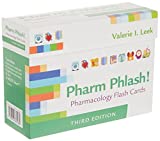
Focus on Pharmacology (8th Edition)
Focus on Nursing Pharmacology makes challenging concepts more approachable. Engaging learning features cultivate your clinical application, critical thinking and patient education capabilities. This updated 8th edition builds on your knowledge of physiology, chemistry and nursing fundamentals to help you conceptualize need-to-know information about each group of drugs.
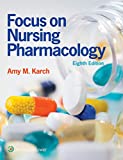
Pharmacology Made Incredibly Easy (Incredibly Easy! Series®)
Nursing pharmacology guide offers step-by-step guidance so you can grasp the fundamentals in enjoyable Incredibly Easy style. This is the perfect supplement to class materials, offering solid preparation for NCLEX® as well as a handy refresher for experienced nurses. Colorfully illustrated chapters offer clear, concise descriptions of crucial nursing pharmacology concepts and procedures.
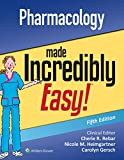
Lehne’s Pharmacology for Nursing Care (11th Edition)
The Eleventh Edition of Lehne’s Pharmacology for Nursing Care provides a thorough understanding of key drugs and their implications for nursing care. This text, written by renowned nursing educators, helps you comprehend and apply pharmacology principles. A clear and engaging writing style simplifies complex concepts, making even the most challenging pharmacology content enjoyable. We recommend this book if you want a comprehensive nursing pharmacology guide.
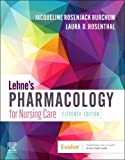
Nursing Drug Handbook
Nursing2023 Drug Handbook delivers evidence-based, nursing-focused drug monographs for nearly 3700 generic, brand-name, and combination drugs. With a tabbed, alphabetical organization and a “New Drugs” section, NDH2023 makes it easy to check drug facts on the spot.
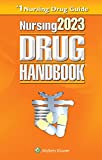
Pharmacology and the Nursing Process
The 10th edition of Pharmacology and the Nursing Process offers practical, user-friendly pharmacology information. The photo atlas contains over 100 unique illustrations and photographs depicting drug administration techniques. Updated drug content reflects the most recent FDA drug approvals, withdrawals, and therapeutic uses.
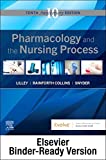
Mosby’s Pharmacology Memory NoteCards: Visual, Mnemonic, and Memory Aids for Nurses
The 6th edition of Mosby’s Pharmacology Memory NoteCards: Visual, Mnemonic, & Memory Aids for Nurses incorporates illustrations and humor to make studying easier and more enjoyable. This unique pharmacology review can be utilized as a spiral-bound notebook or as individual flashcards, making it ideal for mobile study.
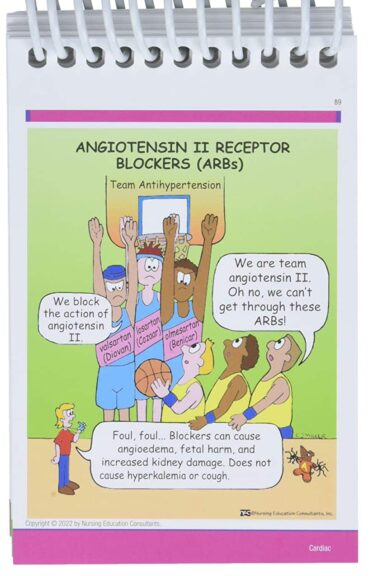
See Also
Here are other nursing pharmacology study guides:
- Nursing Pharmacology – Study Guide for Nurses
Our collection of topics related to nursing pharmacology - Pharmacology Nursing Mnemonics & Tips
These nursing mnemonics aim to simplify the concepts of pharmacology through the use of a simple, concise guide. - Generic Drug Name Stems Cheat Sheet
Learn about these generic drug name stems to help you make sense of drugs easier! - Common Drugs and Their Antidotes
A guide to drug antidotes that nurses should be familiar about. - IV Fluids and Solutions Guide & Cheat Sheet
Get to know the different types of intravenous solutions or IV fluids in this guide and cheat sheet. - Drug Dosage Calculations NCLEX Practice Questions (100+ Items)
Care to take the challenge? This quiz aims to help students and registered nurses alike grasp and master the concepts of medication calculation.
We have a pill for that…
Drug Guides NEW!
Individual drug guides and nursing considerations for the most common medications used in nursing pharmacology:
- Acetaminophen (Tylenol)
- Aspirin
- Atorvastatin (Lipitor)
- Enoxaparin (Lovenox)
- Furosemide (Lasix)
- Gabapentin
- Hydromorphone (Dilaudid)
- Lisinopril
- Metoprolol
- Morphine
Gastrointestinal System Drugs
Respiratory System Drugs
- Antihistamines
- Bronchodilators and Antiasthmatics
- Decongestants
- Expectorants and Mucolytics
- Inhaled Steroids
- Lung Surfactants
Endocrine System Drugs
- Adrenocortical Agents
- Antidiabetic Agents
- Glucose-Elevating Agents
- Hypothalamic Agents
- Insulin
- Parathyroid Agents: Bisphosphonates, Calcitonins
- Pituitary Drugs
- Sulfonylureas
- Thyroid Agents
Autonomic Nervous System Drugs
- Adrenergic Agonists (Sympathomimetics)
- Adrenergic Antagonists (Sympatholytics)
- Anticholinergics (Parasympatholytics)
- Cholinergic Agonists (Parasympathomimetics)
Immune System Drugs
Chemotherapeutic Agents
- Anthelmintics
- Anti-Infective Drugs
- Antibiotics
- Antifungals
- Antineoplastic Agents
- Antiprotozoal Drugs
- Antiviral Drugs
Reproductive System Drugs
Nervous System Drugs
- Antidepressants
- Antiparkinsonism Drugs
- Antiseizure Drugs
- Anxiolytics and Hypnotic Drugs
- General and Local Anesthetics
- Muscle Relaxants
- Narcotics, Narcotic Agonists, and Antimigraine Agents
- Neuromuscular Junction Blocking Agents
- Psychotherapeutic Drugs
Cardiovascular System Drugs
References and Sources
References and sources for this pharmacology guide for Anthelmintics Agents:
- Karch, A. M., & Karch. (2011). Focus on nursing pharmacology. Wolters Kluwer Health/Lippincott Williams & Wilkins. [Link]
- Katzung, B. G. (2017). Basic and clinical pharmacology. McGraw-Hill Education.
- Lehne, R. A., Moore, L. A., Crosby, L. J., & Hamilton, D. B. (2004). Pharmacology for nursing care.
- Smeltzer, S. C., & Bare, B. G. (1992). Brunner & Suddarth’s textbook of medical-surgical nursing. Philadelphia: JB Lippincott.
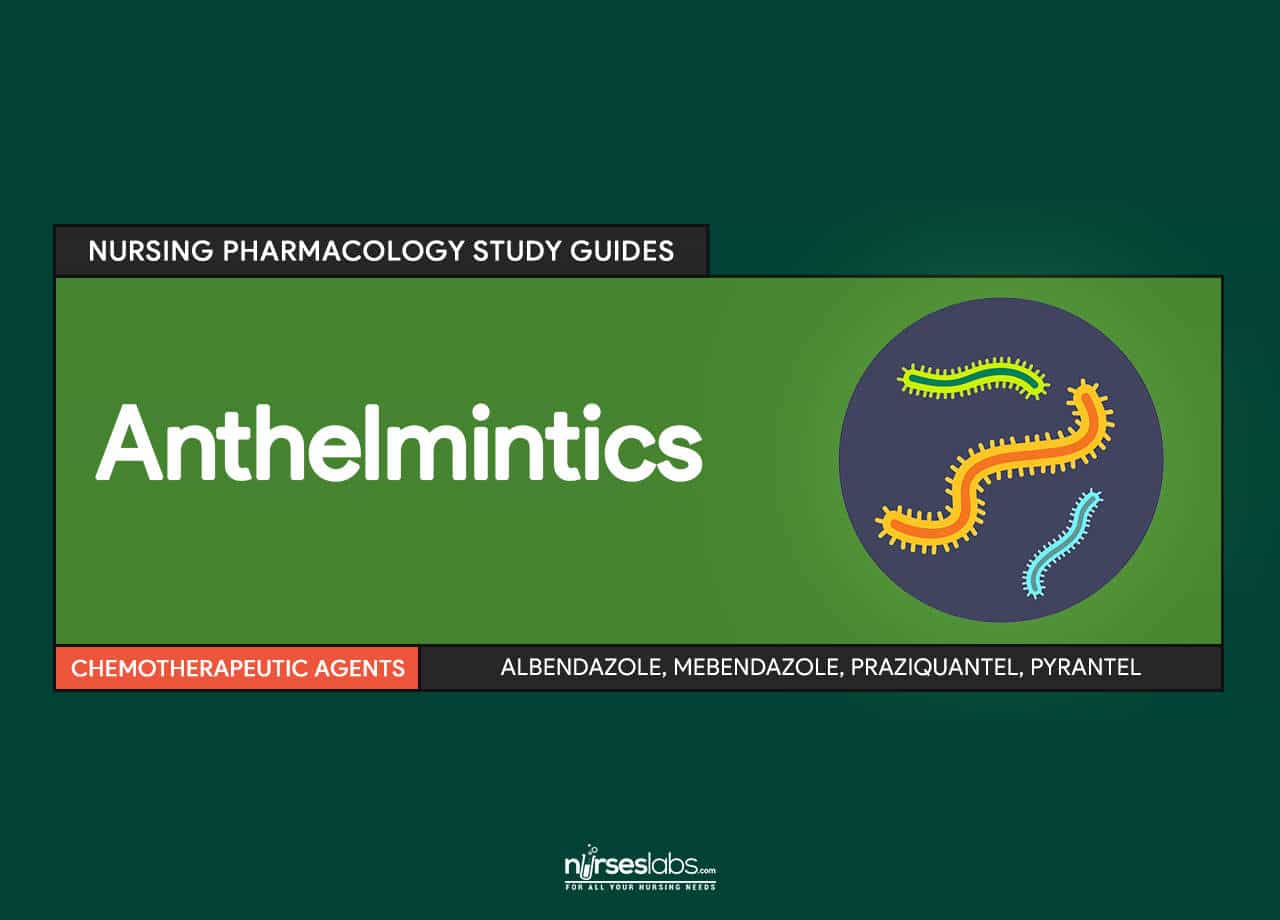
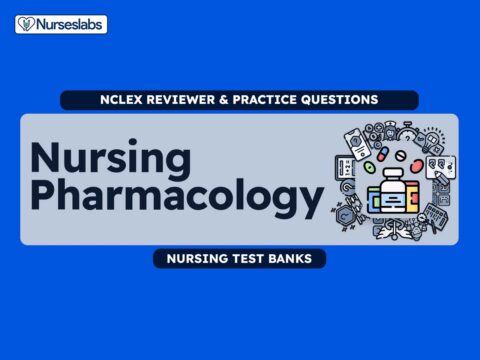

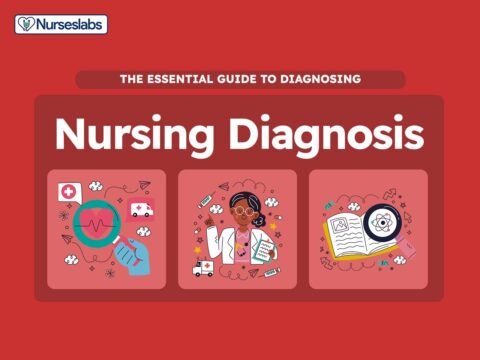


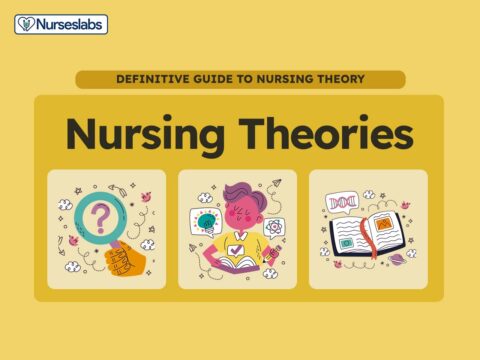
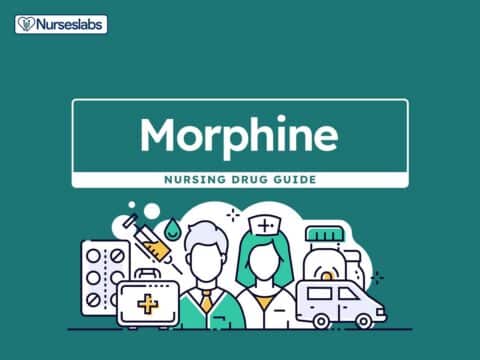
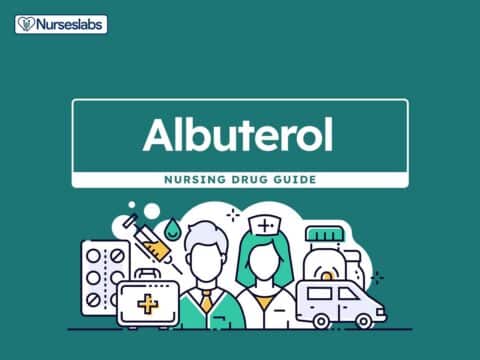
![Furosemide Nursing Considerations and Patient Teaching [Drug Guide]](https://nurseslabs.com/wp-content/uploads/2023/07/Furosemide-480x360.jpg)
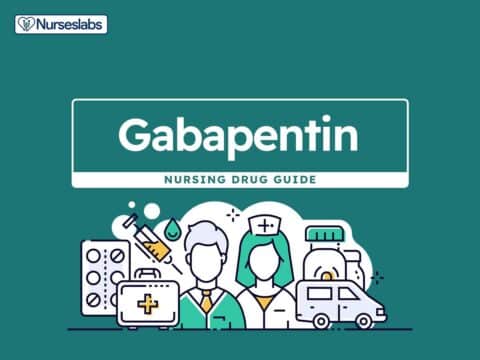
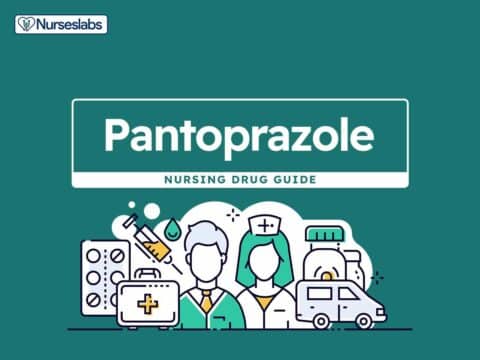
![Lisinopril Nursing Considerations and Patient Teaching [Drug Guide]](https://nurseslabs.com/wp-content/uploads/2023/03/Lisinopril-480x360.jpg)
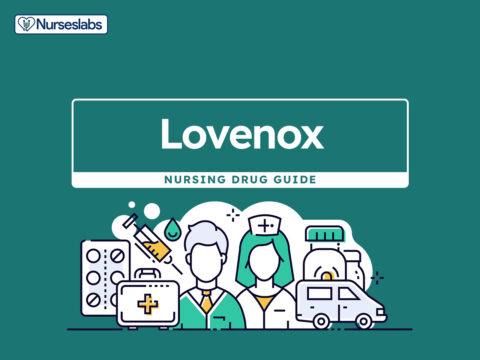
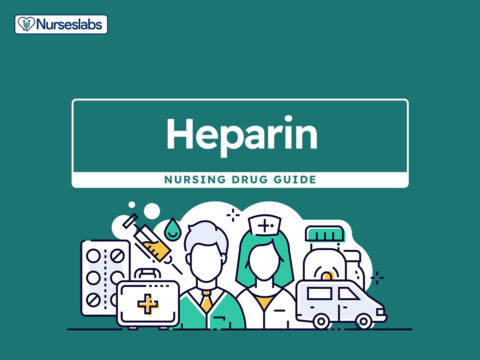

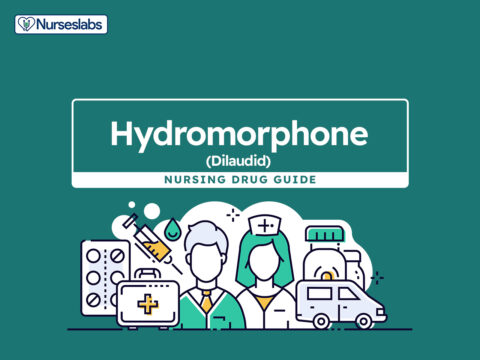
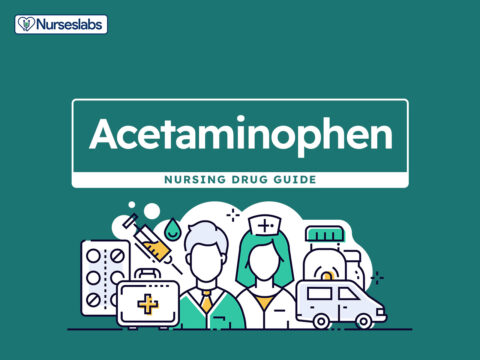

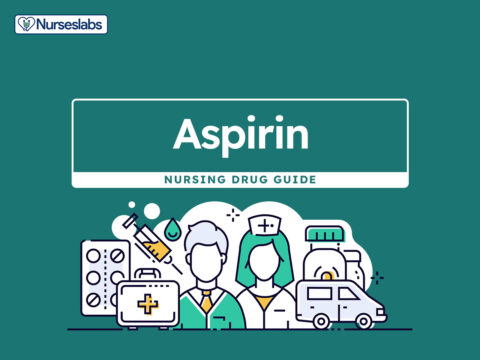
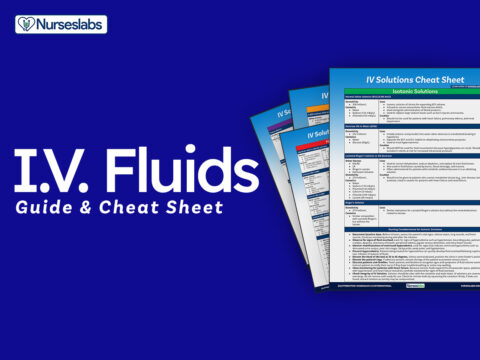
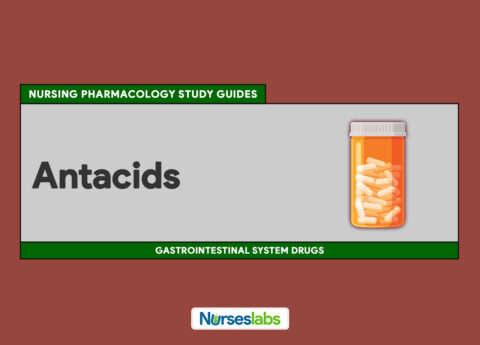
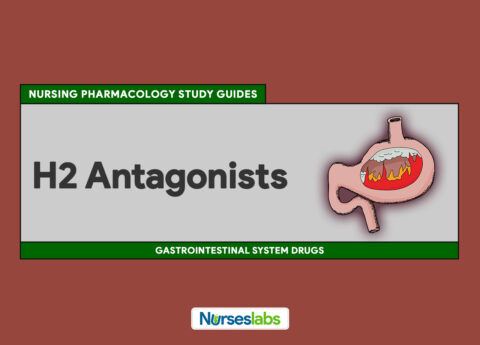
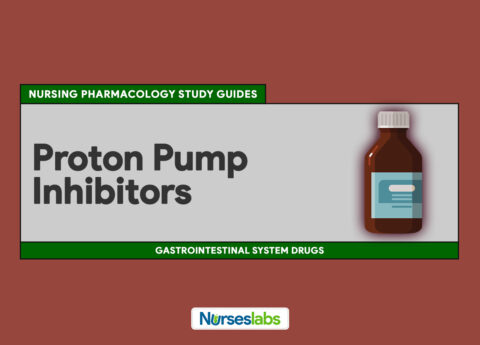
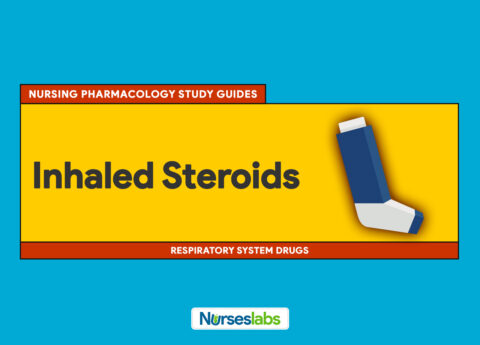
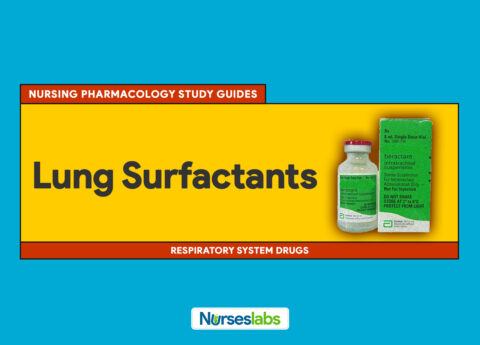
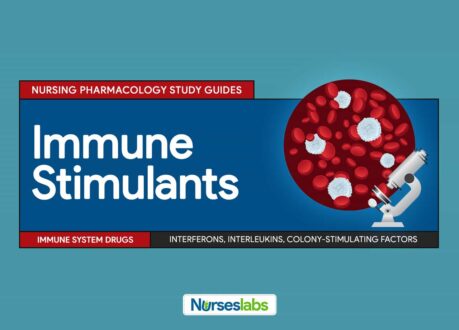
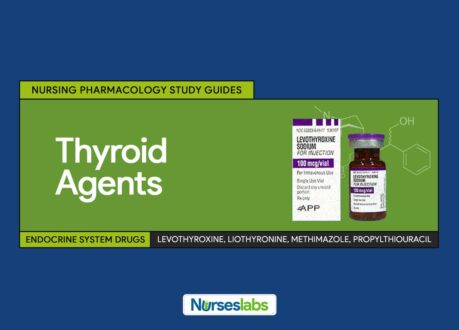

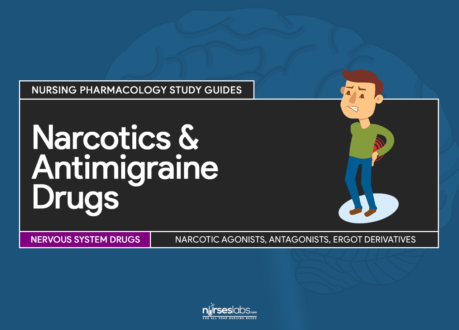
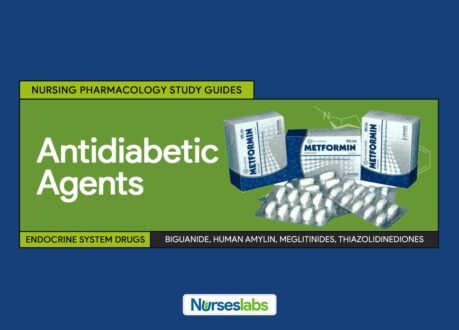
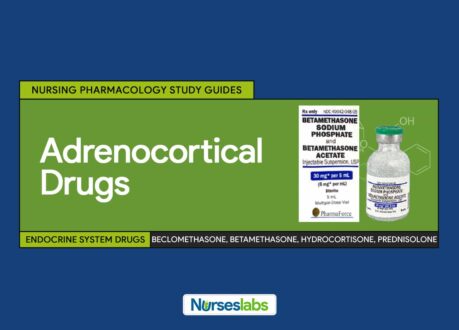
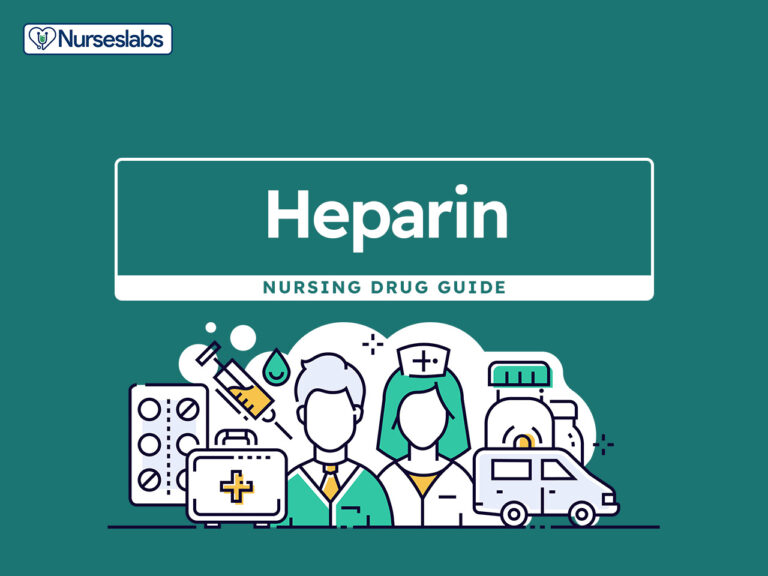
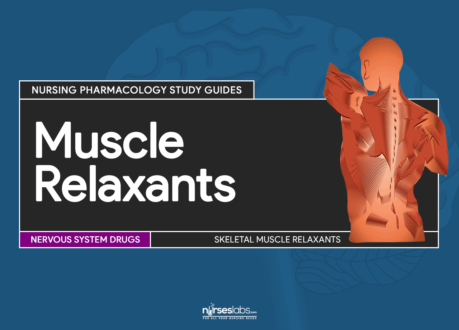
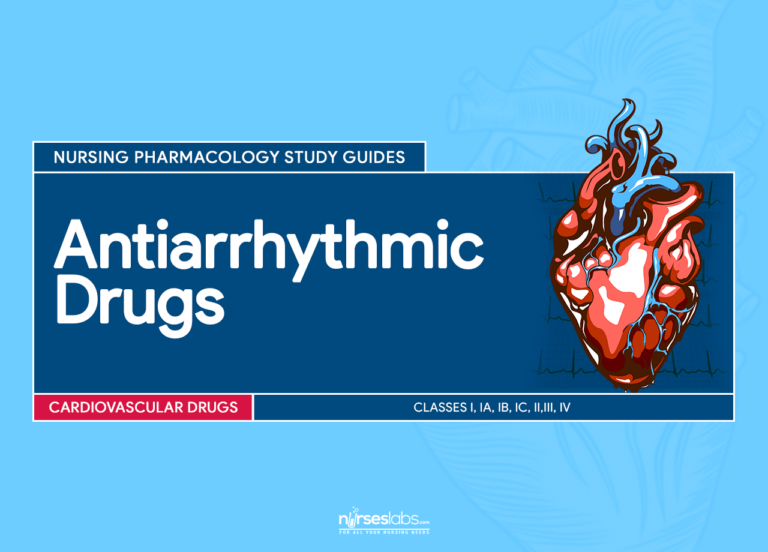

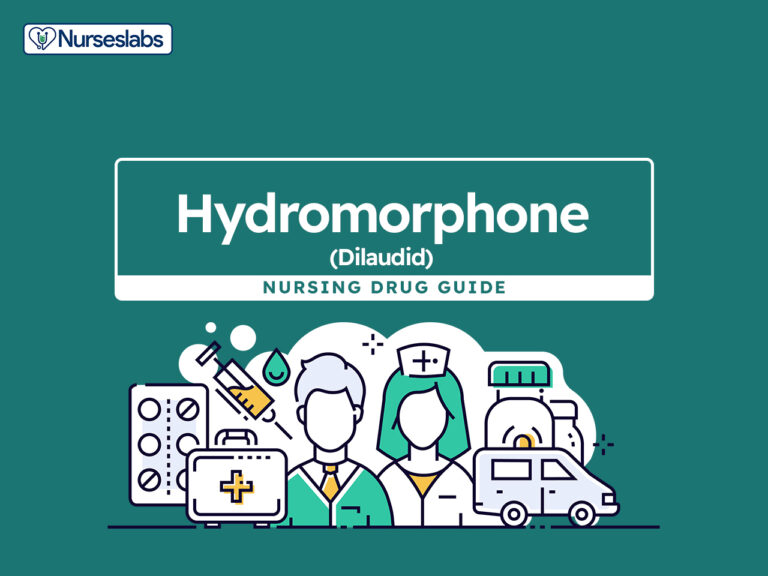
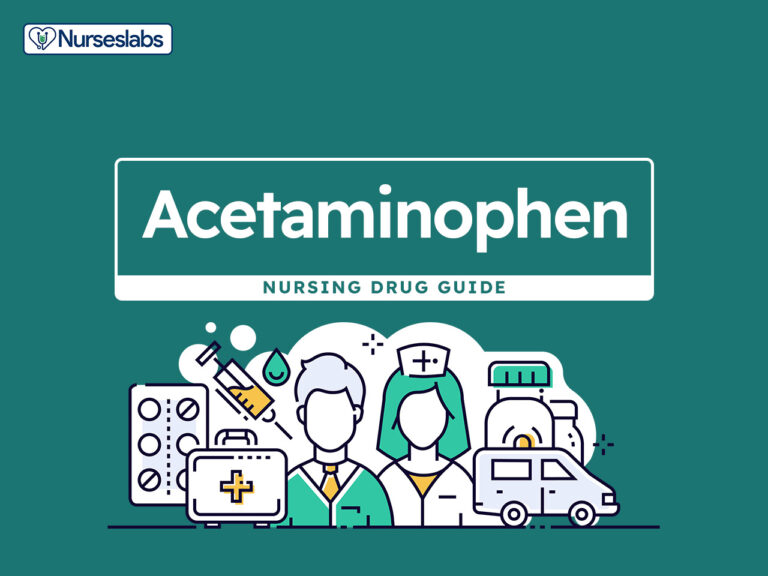
Leave a Comment